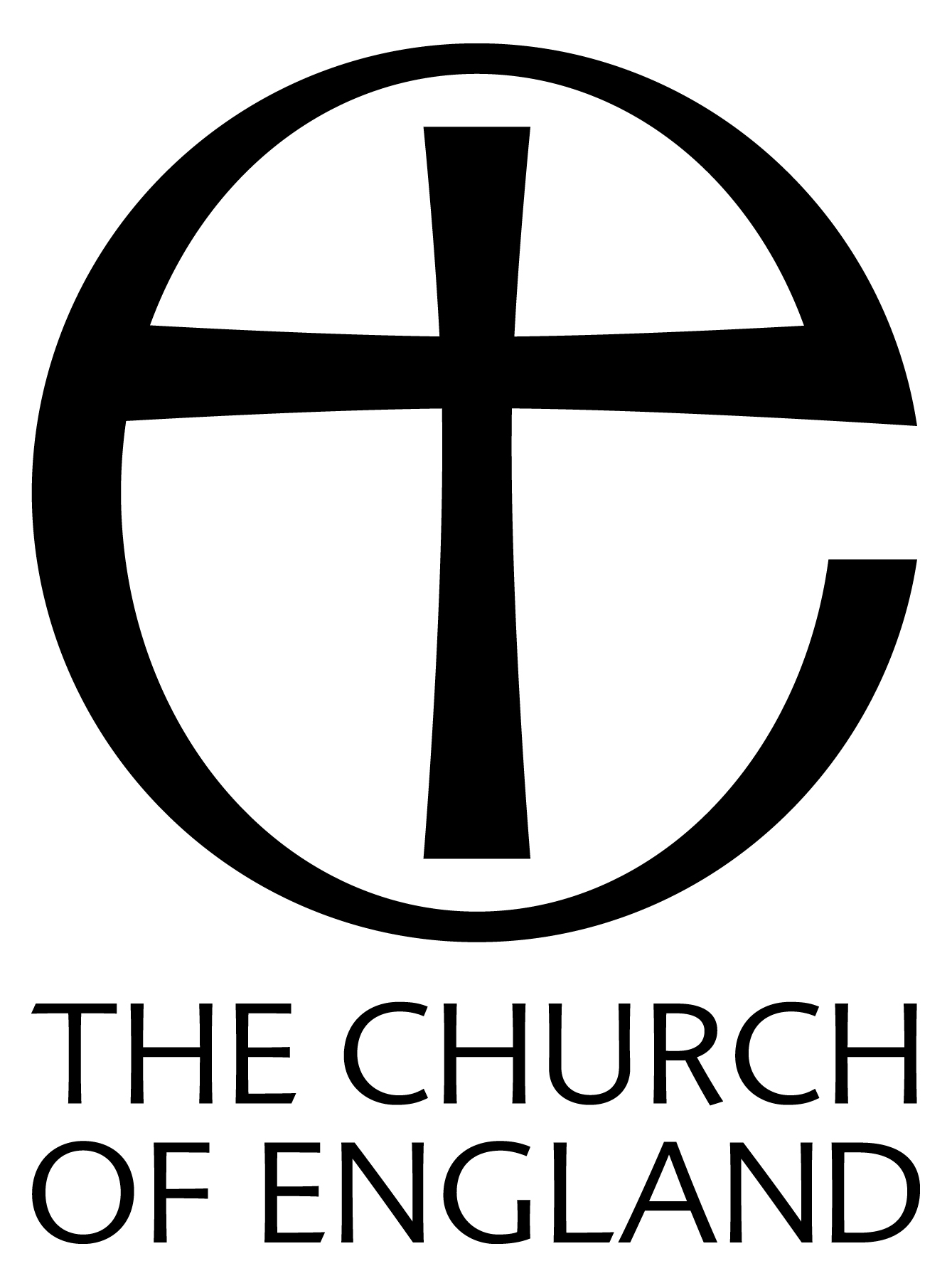Reproduced from
DRYPOOL -
Being a History of the Ancient
Parish of Drypool cum Southcoates
by M. Edward Ingram (1959)
by M. Edward Ingram (1959)
| < < < | > > > |
|
We now come to the Reformation period. With the Dissolution of Meaux Abbey, Thornton Priory, the Charterhouse in Sculcoates and the Nunnery of Swine, much of Drypool came into the King's hands. Swine was surrendered on 3rd September, 1539, at which date the farm at Drypool yielded a rent of 69 shillings, and the Rectory farm there a further £5. The land in Drypool was granted to Sir Richard Gresham, but very soon the eastern bank of the river took on a different aspect. The change was due to the construction of the fortifications ordered by the King after the Pilgrimage of Grace, during which the town had fallen to the" Pilgrims." The eastern flank of Hull, which had formerly depended for defence almost entirely on the river, was strengthened by two Blockhouses, linked by walls to a central castle. The disposition of these fortifications can be seen in Hollar's engraving of the town. The length of the whole was 1,066 feet. The North Blockhouse commanded the crossing of the river at the North Bridge, and the South Blockhouse its confluence with the Humber. Work commenced in the Spring of 1541, but not before Gresham had been compensated with an exchange of land. When the fortifications were complete the remaining land was let to Thomas Alured, who had come to Hull to act as Paymaster of the Works, and who is described |
"One Grainge in Dripole-31/2 ox gangs of land 151/2 acres meadow-in one close called Armescroft." With this went "5 acres meadow in Sutton Ings," in a place called Grym, together with" al manner of Tenths, Annuities and other Commodities, "and three cottages which the deed of Henry VIII describes as being" near the churchyard of the parish church." These appear on Hollar's engraving. There was also a " Barcarie," i.e. a sheepcote, called "Swinelathes, abutting uppon the Somergangs." The value of the whole property was £6. Later the Alureds acquired the site and much of the surrounding closes of the Carthusian Priory, outside the north gate of Hull. In 1551, the Privy Council ordered the making of inventories of all Church goods. This was the culmination of a process initiated with the Dissolution of the monasteries. Its object was not only to suppress" superstition," but also to redress the economic balance consequent on so much property being in Church hands. Both may have been necessary, but nothing excuses the way in which the churches were despoiled of much that was of high artistic value and sacred content, until, says Dr. Moorman, " Not since the days of the Danish raids had the churches presented so sorry a spectacle." The list of goods for Drypool is quite long.
|

|
|

|
|